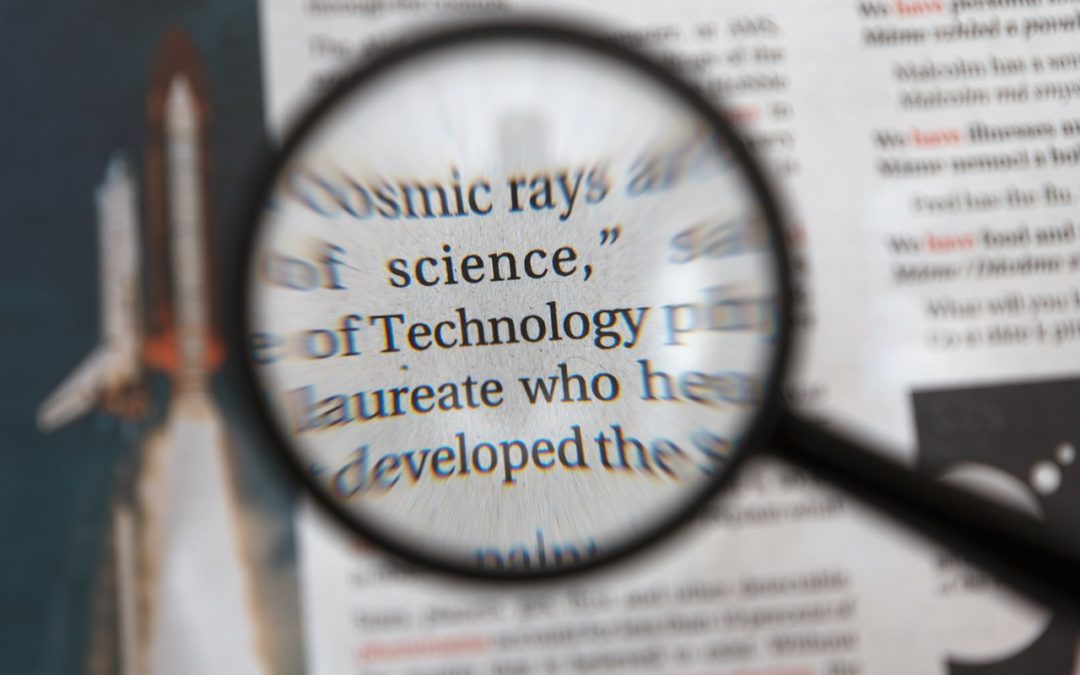Rules and regulations – no matter how you feel about them, most of them began as good intentions, and the Rehabilitation Act of 1973 is no exception. Providing equal access is a laudable goal, and that includes digital information access for those with physical or neurological challenges. In 1997, Section 508 was added to the Act to address the growing importance of digital documents. It mandates e-document accessibility within federal agencies. But making e-documents accessible is easier said than done.
Document conversion is a major part of the Sec. 508 challenge. Changing a paper document into a digital document doesn’t automatically make it easier for the visually impaired to read, and a simple PDF doesn’t fulfill the Sec. 508 requirements. To make a PDF adaptable to accessibility programs, the document must be properly tagged with additional information. These tags may include descriptors for visual items (photos, charts, etc.) for text-to-audio translators, or cues for automatic text enlargement.
Adding this kind of “intelligence” to scanned documents entails encoding via specialized software, and man-hours of quality control to ensure that the encoding is correct. With budgets already strained, acquiring software and additional personnel can be out of the question for many federal agencies. To complicate matters, there is a wide degree of latitude in compliance, and a compliant document in one agency may not be compliant within another agency.
A more cost-effective solution is to look outside the agency to a document conversion specialist. Conversion service providers with specific experience in creating Sec. 508-compliant digital documents can take the burden of acquisition and management off the shoulders of agency personnel. When agencies hand off document compliance to an outside vendor, they can keep their attention on their mission instead of regulatory compliance, while still offering equal accessibility to all Americans.


Recent Comments